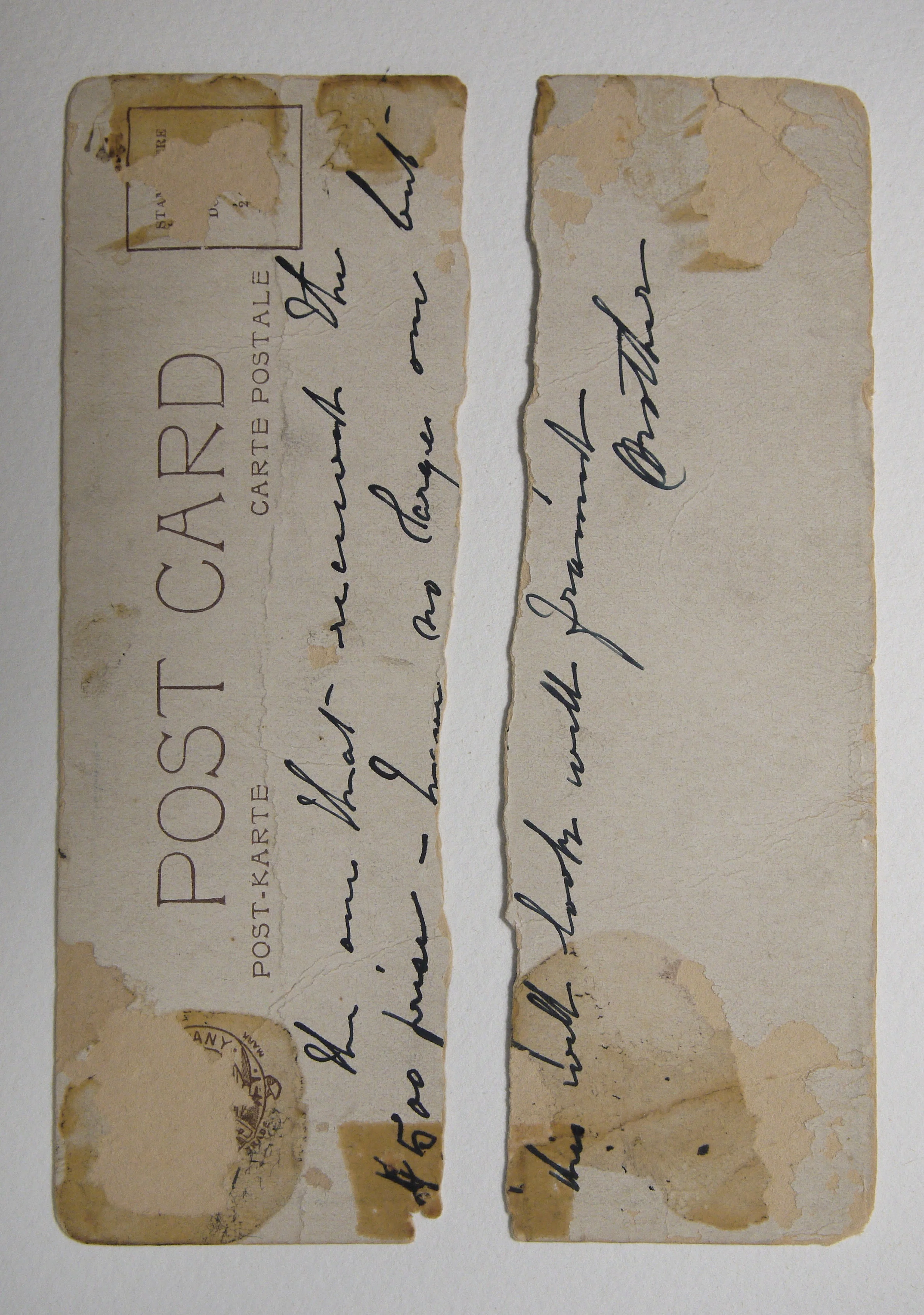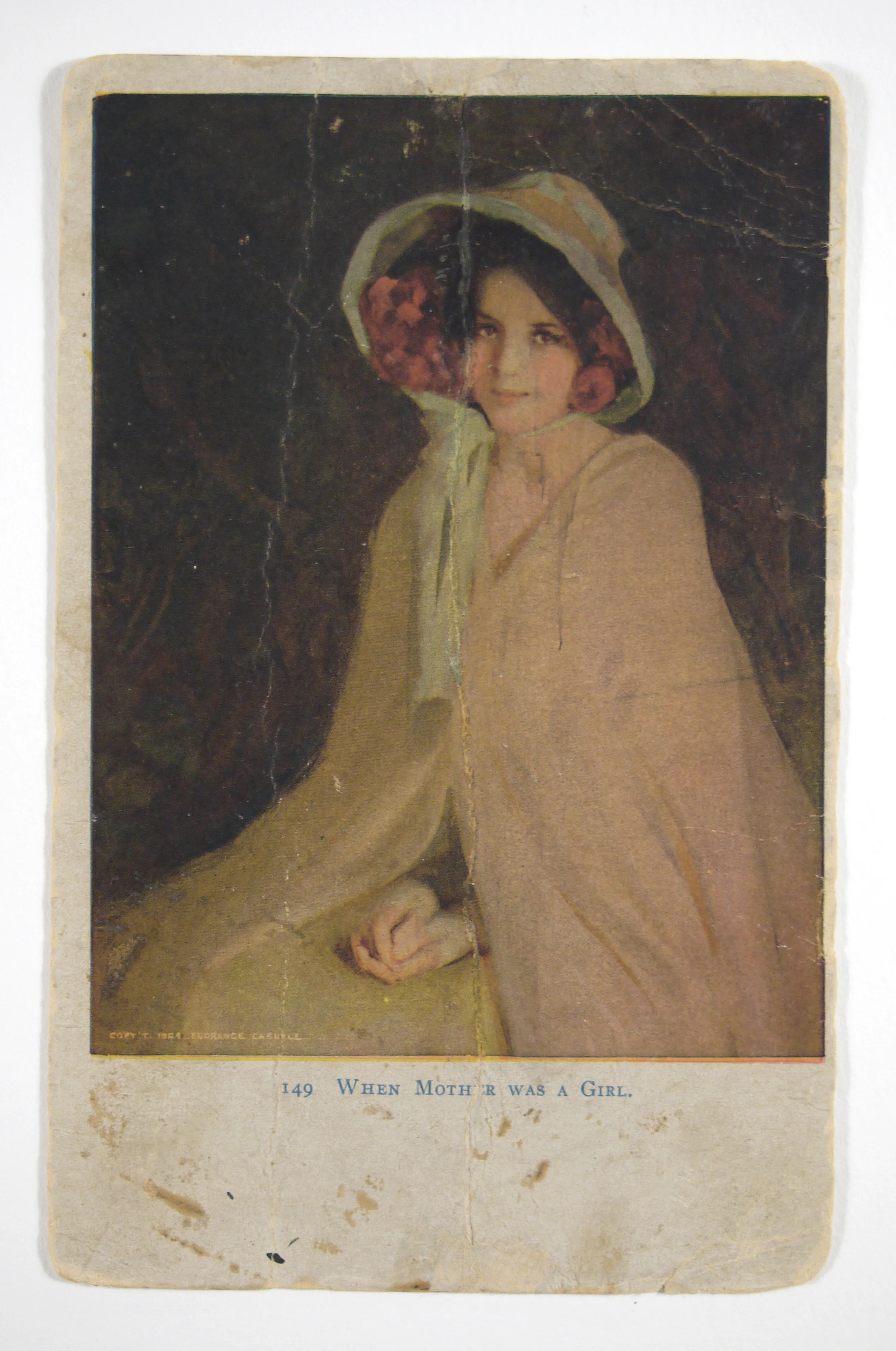The High-Mettled Racer - Death, 1820, before treatment, showing overall discolouration of the paper.
This hand-coloured lithograph print of a 19th century hunting scene, dated 1820, came in to the studio suffering overall discolouration and acidity. The print was one of a set of four in a series titled The High Mettled Racer, but it was the only print of the set to be so badly discoloured.
The image below shows two prints from the set with very different paper tones.
Before conservation: two prints from the same set, the top print significantly darker.
This type of overall discolouration can be caused by acidic framing materials or light exposure; the darker print has been exposed to different conditions than the lighter one, causing it to age differently and more drastically.
The challenge in this conservation treatment was to improve the top print just enough that it would match the others in the set. The other three prints were not perfectly clean either, so restoring the print to an original state was not what we were looking for - rather achieving a matching, moderate off-white paper tone was the goal.
Dry cleaning to remove grime.
First the print was dry cleaned to remove accumulated dirt and grime. Then, after extensive testing to establish that the watercolour paint was not water soluble, the print was subjected to washing and light bleaching to brighten the paper tone.
The lithograph in a pH adjusted RO water bath.
Washing art on paper may seem terrifying and impossible, but in fact, as long as it is done in a properly controlled process by a trained art conservator, washing is very beneficial to works on paper. In the image above you can see the discolouration products washing out of the paper, turning the wash water a tea-coloured brown. Removing harmful chemical products that cause the darkening of the cellulose, and sometimes also deacidifying the paper by the addition of pH raising chemicals, can improve the condition and extend the life of the artwork significantly.
Inpainting abrasions on the surface of the print.
After aqueous treatment, the final step was inpainting to disguise abraded losses to the surface of the print.
After conservation, the two lithographs match in paper tone.
The restoration of the lithograph print was very successful; washing and bleaching brightened the paper tone just the right amount to match the other prints in the set. The prints can now be displayed together in a satisfying group, without any distraction to the images.
If you have antique prints that are suffering from similar damage, conservation treatment like this can restore them to their original glory. Check out our portfolio page to see other conservation projects, and get in touch with us today to discuss options for restoration of your art on paper.













